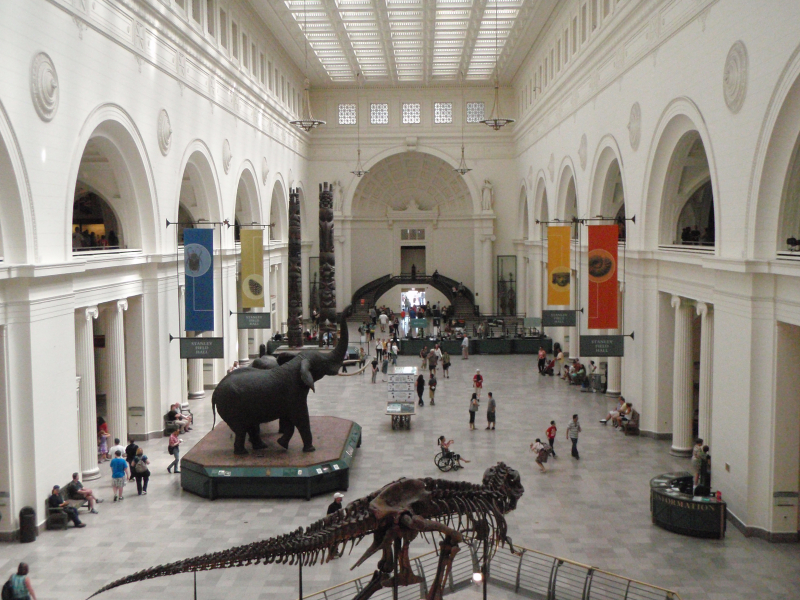Field Museum of Natural History
The Field Museum of Natural History was established in 1893 to display the biological and anthropological specimens assembled for the World Columbian Exposition. It was formerly known as the Columbian Museum of Chicago. The name was changed in 1905 to commemorate Marshall Field, a significant supporter of the museum and proprietor of a department store.
About 20 million artifacts and specimens from a range of fields, including anthropology, geology, botany, and zoology, are included in the permanent collection. The permanent exhibits on Ancient Egypt, the civilizations of North, Central, and South America, as well as "Sue," the biggest and most complete Tyrannosaurus rex skeleton in the world, are noteworthy.
All through the year, there are frequent special rotating exhibits. The academic personnel and scientific staff participate in field research projects, biodiversity and cultural studies on every continent, training programs for local and international students, and maintenance of the extensive specimen and artifact collections. They collaborate closely with public programs, exhibits, and educational projects.
Address: 1400 South Lake Shore Drive, Chicago, Illinois
Official site: http://fieldmuseum.org/













